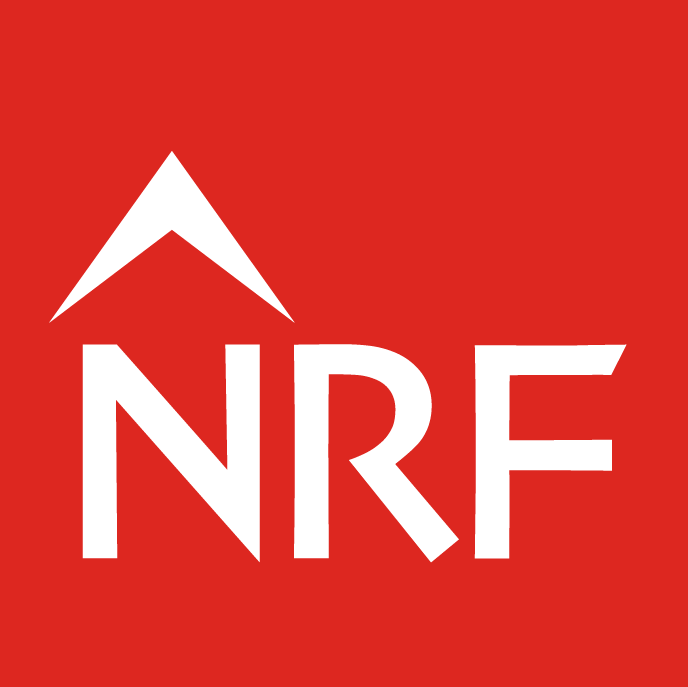
The Presidency of the Turkish Republic Finance Office published its Green Sukuk Working Report
On May 26, 2022, the Presidency of the Turkish Republic Finance Office published its Green Sukuk Working Report (the Report). The preparation of the Report was determined as an output within the scope of the works to be conducted on green sukuks for the purposes of developing the green finance ecosystem in Turkey and it was listed as an action point in the Green Deal Action Plan, Turkey’s roadmap to guide green transformation and compliance with the European Union’s Green Deal.
Sukuk market in Turkey
The Islamic finance instrument “sukuk” is named as “lease certificate” in Turkey’s capital markets. Lease certificate issuances started in Turkey in 2010 following the enactment of a Capital Markets Board (CMB) communiqué, through an issuance conducted by a participation bank. In 2012, Law numbered 4749 on the Regulation of Public Financing and Debt Management was amended and since then, the Ministry of Treasury and Finance has started to play an important role in sukuk issuances. Currently, non-sovereign sukuk issuances are regulated by Article 61 of the Capital Markets Law numbered 6362 and CMB Communiqué on Lease Certificates (III-61.1); and the recently published CMB Guideline on Green Securities, Sustainable Securities, Green Lease Certificates and Sustainable Lease Certificates regulates green sukuk issuances. To foster the sukuk market, several tax incentives and fee exceptions are also granted for sukuk issuances. The green sukuk issuances are still not as common as traditional sukuk issuances in Turkey. According to the World Bank Report titled “Unlocking Green Finance in Turkey”, Turkey’s first sustainable (and also green) lease certificate was issued by TSKB in 2020 under the sustainable Sukuk Issuance Program on behalf of Zorlu Energy. According to the Report, on the other hand, only two green sukuk issuances have taken place, in November 2021 and December 2021, by a public participation bank and Turkey Wealth Fund, respectively.
The purpose of the Report
The Report is envisaged to be an informatory guideline for the works to be conducted in this field. According to the Green Deal Action Plan, it aims to present Islamic green finance products, in particular, the green sukuk, to analyze the potential of development of Islamic green finance and to make suggestions for green sukuk models in Turkey, as well as for the development of relevant legislation. Accordingly, it is safe to conclude that the suggestions included in the Report, especially those concerning legislative action points, are expected to take place in the coming months.
The Report is prepared in five main sections explaining in a structured manner and providing guidance in relation to the overall picture of the sustainable finance market, Islamic green finance, green sukuks both globally and in Turkey, as well as best practices from around the world and includes suggestions for developing the green sukuk ecosystem in Turkey. The Report’s main claim is that Islamic green finance offers products increasing the product variety of traditional green finance and may appeal to a larger investor audience, as it is suitable for both traditional investors and investors having ethical/religious concerns. It indicates the regulations and issuances to be made in the field of green sukuks as critical for Turkey’s aim to be a center for participation finance upon the commencement of the operations of the Istanbul Finance Center.
Critical findings and suggestions from the Report
Below are certain noteworthy findings and suggestions of the Report:
- Islamic finance and conventional finance are in essence subject to the same standards in terms of green finance. The framework documents and standards concerning green sukuks are in line with similar documents prepared for green bonds.
- As there are not standard classification mechanisms or a taxonomy for green funds in participation account funds and financings, the participation banks classify these funds according to their own criteria and this has an adverse effect on the demand side.
- It is considered that: (i) in Turkey, the mechanisms for underlying asset reporting are not sufficiently developed; and (ii) it is important to establish rating mechanisms for the analysis of religious compliance of participation finance products and services in order to ensure the investor trust.
- The costs of green sukuk issuances are higher than traditional sukuk issuances due to additional expenses, such as external auditor and reporting requirements. Hence, incentive mechanisms play a crucial role to increase green sukuk issuances. The Report suggests that, in addition to tax incentives, second party review expenses may also be met by the state for five years. Alternatively, additional governance expenses occurring during green sukuk issuances may be subjected to corporate tax nettings.
- Necessary works and regulatory amendments will be conducted in order to ensure the recognition and acceptability of institutions providing second party review in Turkey in the eyes of international investors.
- A better cooperation is required with international institutions, such as World Bank or EBRD in order for the participation banks to play a more active role in green sukuk issuances. Development of strategies that would facilitate participation banks’ access to international funds should also be another action point.
- The average maturity of lease certificates issued in Turkey are shorter than those issued abroad, which makes impact reporting difficult. Therefore, necessary mechanisms, framework regulations and incentives for impact reporting of short-maturity green sukuks should be implemented.
- Making mandatory for portfolio management companies to include a certain amount of green finance products issued in Turkey in their portfolio is expected to incentivize green sukuk issuances.
- Amending the incentives for green sukuks by taking the maturity of lease certificates into account is considered to potentially contribute to the extension of lease certificates’ maturity.
- Adding an article in the CMB’s communiqué on the management of funds which will make possible the inclusion of green sukuks issued by the participation banks in the thematic funds is also considered as beneficial.
- Increasing the maximum limit determined for lease certificates of 25 per cent for the percentage of assets in a fund which may be invested in one issuer’s money and capital markets instruments to 40-50 per cent for green sukuk is cited as an action to increase the demand for green sukuks.



